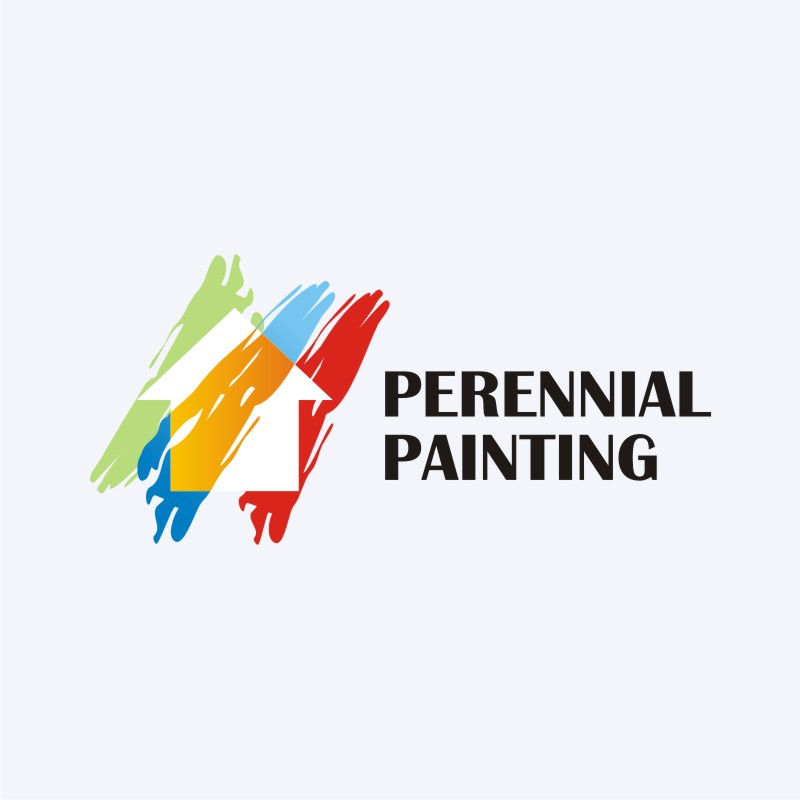Trick Seasonal Considerations For Commercial Exterior Painting: What You Required To Be Enlightened Regarding
Trick Seasonal Considerations For Commercial Exterior Painting: What You Required To Be Enlightened Regarding
Blog Article
Authored By-Carlson Whalen
When you're intending a business outside painting job, seasonal elements can make or break your results. You'll wish to think about how temperature level and moisture influence paint application and drying times. Picking the appropriate season can ensure your paint sticks appropriately and lasts longer. But which periods are genuinely the best for this kind of work? Allow's explore the crucial elements that can affect your task's success.
The Impact of Temperature Level on Paint Application
When you're planning a commercial exterior painting job, the temperature can dramatically influence just how well the paint sticks and dries.
Preferably, you intend to paint when temperatures vary between 50 ° F and 85 ° F. If it's also chilly, the paint might not heal correctly, resulting in issues like peeling off or cracking.
On the other side, if it's also hot, the paint can dry out too swiftly, stopping appropriate bond and causing an unequal finish.
You must also think about the moment of day; morning or late afternoon uses cooler temperature levels, which can be a lot more desirable.
Constantly check the producer's recommendations for the details paint you're utilizing, as they frequently supply support on the suitable temperature array for ideal outcomes.
Moisture and Its Result on Drying Times
Temperature isn't the only environmental element that influences your industrial external painting task; moisture plays a considerable role also. High humidity levels can decrease drying times drastically, influencing the overall quality of your paint work.
When the air is filled with wetness, the paint takes longer to treat, which can result in issues like poor bond and a greater danger of mold growth. If you're repainting on an especially moist day, be prepared for extensive delay times in between layers.
https://professional-exterior-hou66665.activoblog.com/38854480/the-complete-manual-for-partnering-with-a-paint-professional to keep an eye on local weather and plan as necessary. Ideally, aim for humidity levels between 40% and 70% for ideal drying.
Keeping these factors in mind ensures your task remains on track and delivers a long-term surface.
Best Seasons for Commercial Outside Painting Projects
What's the best time of year for your business external paint jobs?
Springtime and very early loss are normally your best choices. During these periods, temperature levels are mild, and humidity degrees are often lower, producing perfect problems for paint application and drying.
Prevent summertime's intense heat, which can trigger paint to dry also rapidly, causing bad attachment and coating. Similarly, wintertime's cold temperature levels can impede appropriate drying and curing, taking the chance of the long life of your paint work.
Aim for days with temperature levels in between 50 ° F and 85 ° F for optimum results. Remember to inspect the local weather report for rain, as wet problems can destroy your task.
Planning around these variables guarantees your painting task runs smoothly and lasts much longer.
Conclusion
In conclusion, planning your industrial outside painting tasks around seasonal factors to consider can make a considerable distinction in the end result. By scheduling job throughout the optimal temperature levels and moisture levels, you'll guarantee far better bond and drying times. Keep in commercial painting services near me to keep an eye on regional weather report and pick the right time of year-- springtime and early loss are your best options. Taking these actions will certainly assist you accomplish a durable and professional finish that lasts.
